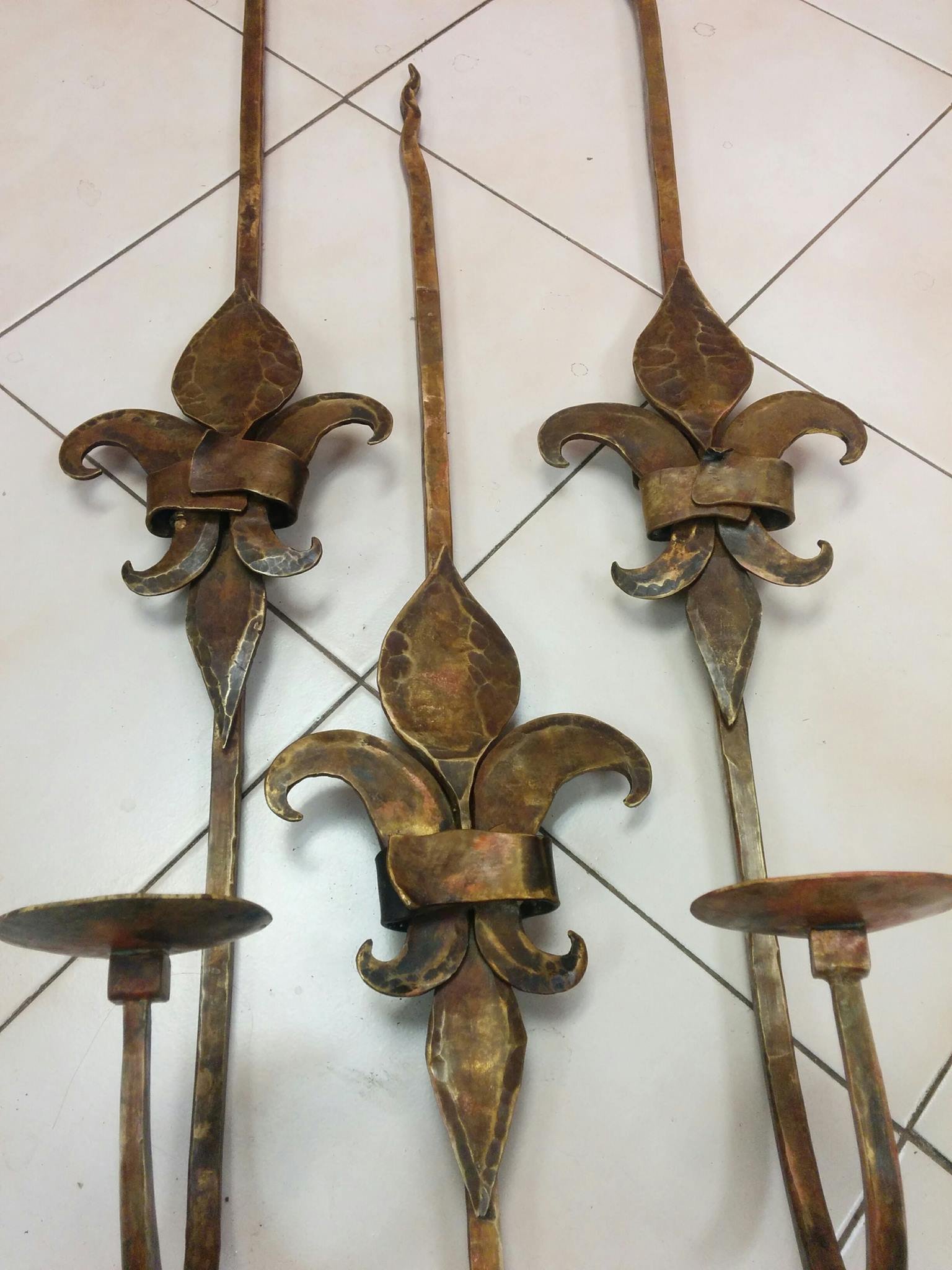Why Choose Bronze
In 1926, while fishing off the coast of Greece, some fisherman caught something unusual in their net,
a bronze arm. When the fisherman investigated further they found that they had stumbled across the remains of an ancient shipwreck. The site was left untouched for two years until some fisherman returned to retrieve more antiques from the wreck. The Greek Archaeological Service caught wind of the fisherman equipped with diving equipment trying to retrieve the wreckage. The Archaeological Service acted quickly and were able to secure 180,000 drachmas (roughly the equivalent of $100,000 dollars in todays currency) from the Greek government to send divers down to retrieve the many artifacts . Amongst the wreckage were several statues, including the most notorious, a bronze statue of a man with outstretched arms poised to throw a weapon. The 6ft 6in sculpture was entirely in tact missing only his eyes and his signature weapon. It left scholars to speculate whether he was Poseidon, Zeus or some other mythological figure. The figure was believed to be made in 460BC. It had laid in that ancient shipwreck for nearly two thousand years.


Artifacts from the bronze age are abundant. The era lasted from 3300BC to 1200BC, when the iron age began. There is speculation that the iron age began earlier but little evidence remains from an earlier time. Why? Because iron rusts. Like so many elements in this world iron bonds very easily with oxygen and creates rust. The surface of bronze also oxidizes. But unlike iron it doesn't corrode, it only creates color variation in the form of a patina. A bronze statue can make it's home under the ocean for two millennia and still maintain it's sculptural beauty. A new patina and the sculpture of Zeus or Poseidon is as good as new.
I remember telling this story to a neighbor as I installed some railings with Jerry Coe, a bronze master whom I used to work for. The neighbors were quickly outraged and left abruptly before I could explain to them why the longevity of bronze is a good thing. Bronze is primarily composed of copper. Different bronzes have different alloying elements but they don't break down. They are not going to fill our oceans like plastic. It doesn't become pollution. It never needs to end up in the landfill. It can be melted again and again. Bronze does not loose it's intrinsic material value. Like ceramics and aluminum it is a fairly ecological choice
Which Bronze Alloy?
Most bronzes begin as molten metal that is cast into a mold in a foundry. Bronze is good for production work for this reason. I am not a bronze caster, I am a blacksmith. In addition to iron I forge bronze. I get it hot and hammer it into shape. There are limitations as to which bronzes can be forged. In the picture below are three types of bronze.
Or are they? Can you tell me which one is brass? The bottom left is an alloy of copper and zinc. It is called Naval Bronze. The distinction of brass and bronze is a fairly new one and the decision of which is called brass and which is called bronze varies between different manufacturers. Naval bronze is a historic copper alloy that was used for maritime purposes. It is strong and corrosion resistant and has kept it's historic name. Architectural bronze is a very common alloy. It can not be forged but is highly favored for architectural applications. Because both are alloys of copper and zinc they can be categorized as a brass. Architectural bronze is named that way for marketing purposes and naval for historic reasons. Once patinaed I can not tell the difference between brass or bronze. They are both valued nearly equally and have very similar properties.
Naval bronze is the kind I use most often. It forges easily. It patinas well. It's strong and withstands corrosion. Aluminum bronze is my favorite in terms of color. It is lighter and less yellow than naval bronze. It has a small percentage of iron which can rust overtime outdoors. I've seen patinaed aluminum bronze that has stood up for decades outside and heard of others that need a lot of work and refinishing. The last one I use is silicon bronze. I was not fond of this bronze at first. It's rose gold hue is easily confused with copper, it is harder to forge and harder to patina. Yet I think the bare natural patina is the best and most ideologically bronzy of the three. It also costs twice as much as the others.
Those are the three forgeable bronzes that I use. When I need flat plate I often use cartridge brass. Very similar to cartridge brass is architectural bronze. It indeed looks very brassy when unpatinated. I think most mass produced "bronzes" that are not cast are architectural bronze or something similar. Bronze casters will also use white bronze which is a mix of copper with large amounts of tin and zinc. It can not be forged and is not technically a bronze. Most people in the industry do not talk about the difference. The perceived value of bronze is too high to call other copper alloys something other than bronze. With the exception of silicon bronze the cost between brass and bronze is similar. They both have excellent properties of strength and corrosion resistance. You may have been living with brass masquerading as bronze for decades and not know it.
I love and use all three alloys for different purposes. I encourage you to choose the alloy based on what you love and your current job parameters instead of the category. Any one of them will serve you well for a lifetime.



